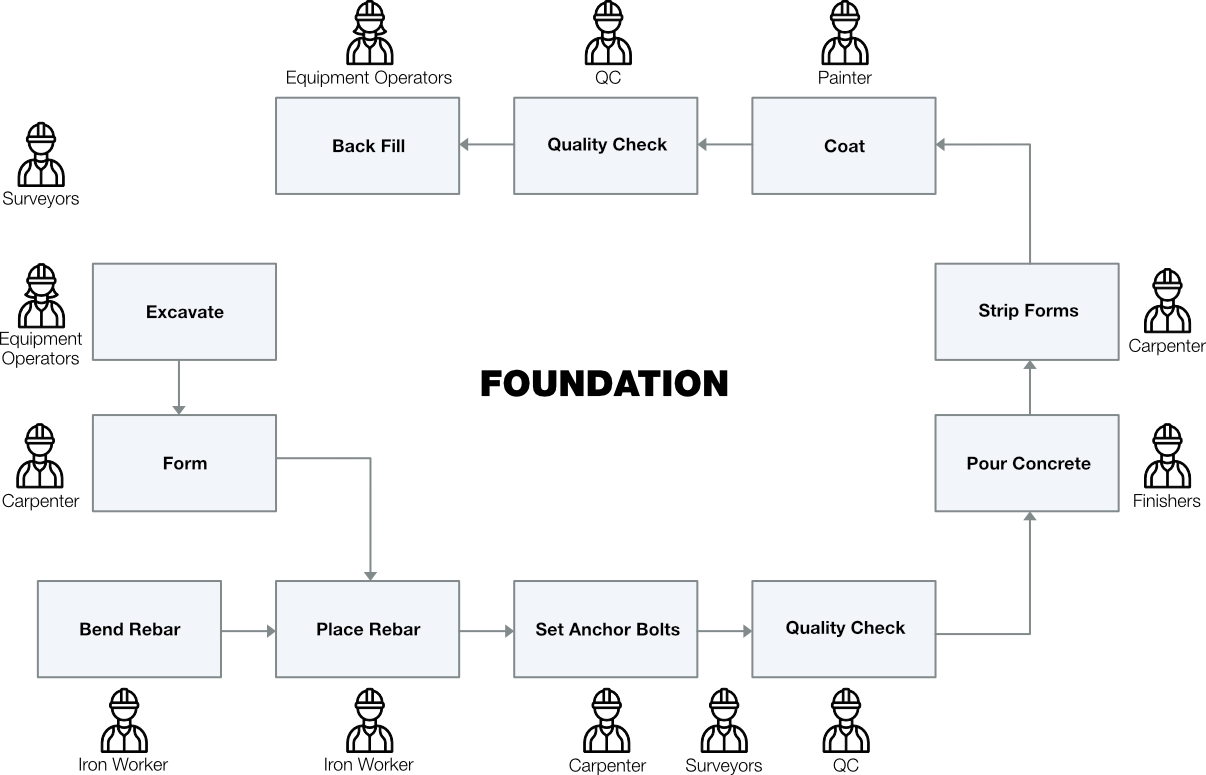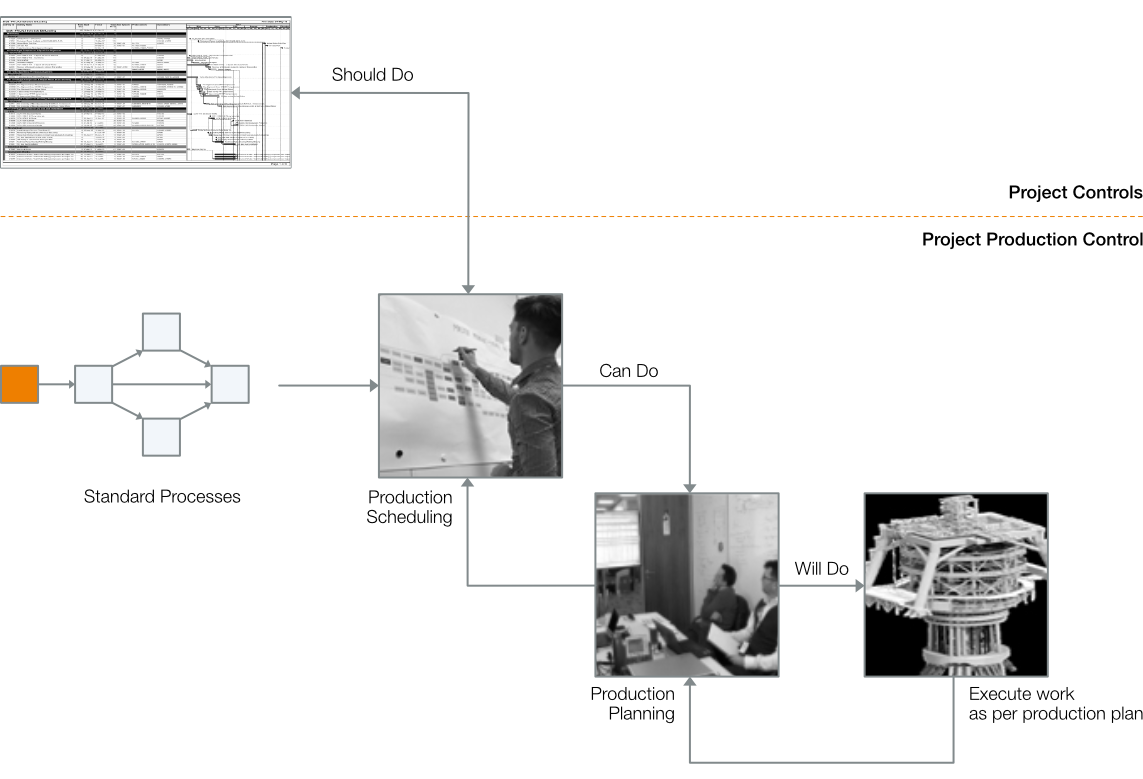Advanced work packaging (AWP) has gained a considerable following, particularly from the owner’s side. Heck, what could be wrong with planning the work in bite-sized chunks and getting improved craft productivity?
Unfortunately, it’s just not that simple. AWP is a prescribed means of driving the work breakdown structure to the smallest level. However, that structure has little to do with how work actually gets done. It is rooted in Frederick Taylor’s notion that planning should be separated from doing and has grown today into large planning staffs generating work packages because the craft are believed to be incapable of effectively planning their own work. Construction’s use of AWP is also attempting to drive engineering to be done in a similar fashion.
Engineering or design work is done iteratively. Attempts to force engineering into EWP’s and then procurement into PWP’s just doesn’t fit the work. On top of that, the sequence of construction is 180 degrees out of sync with engineering. Construction of a facility or plant on land requires the civil, undergrounds and foundations first. Engineering must start with what goes on top of it. What construction needs first is one of the later things than is done in engineering.
Moving to the construction site: AWP again takes the work breakdown structure to the craft in bite-sized chunks…by craft. Again, the work breakdown structure is not the way work gets done. Work typically involves many different crafts and under AWP there will be multiple installation work packages to get something completed. Even for the simplest things such as a single foundation, there will be 9-11 IWP’s as depicted below. Now increase the number of foundations from one to one hundred and the complexity of inter-craft coordination goes off the chart. Using AWP, work pack coordination is always left up to the craft to sort out on the fly and always results in people waiting on people. The result – longer schedules and increased costs.

How did we get here? Again, these practices are based on a view that the craft are incapable of planning their work and “planners” are required to do the thinking. At PPI, we think both of these premises couldn’t be further from the truth. I’ve never seen a job site in 40 years of projects around the globe where ultimately the craft didn’t have to plan their own work. I’ve seen massive investments in large planning teams generating detailed schedules and work packages which at the end of the day are ignored by the people tasked with actually doing the work. AWP becomes an obstacle, not an enabler.
But the most insidious issue is what happens when leaders focus on craft productivity metrics. The game is to keep people busy, so the metrics look good. So, what happens when a crew hits a roadblock? Can’t have them sitting around, that would tank the metrics. So, they move to start some other work. The net result is many open work packages, many things started but few finished, which following Little’s Law means the work WILL (not might) take longer which means it WILL cost more. Longer schedule and increased cost = lost profit for both owners and contractors.
A much better approach is available using Project Production Control (PPC), but what if the contract requires use of AWP?
There is hope. In the field, project production control can still be used to take all those work packages, recombine them into coherent multi-craft production schedules and production plans thus driving efficient production of the work.

Even with AWP, PPC will deliver profits and at a minimum help stop the bleeding.
In the office, PPC deals effectively with the iterative nature of engineering and enables the team to sequence the work in the most beneficial approach for the overall project.
If you would like more information and insight on how PPC can help with your specific needs, please drop me a note at gfischer@proejctproduction.org.

